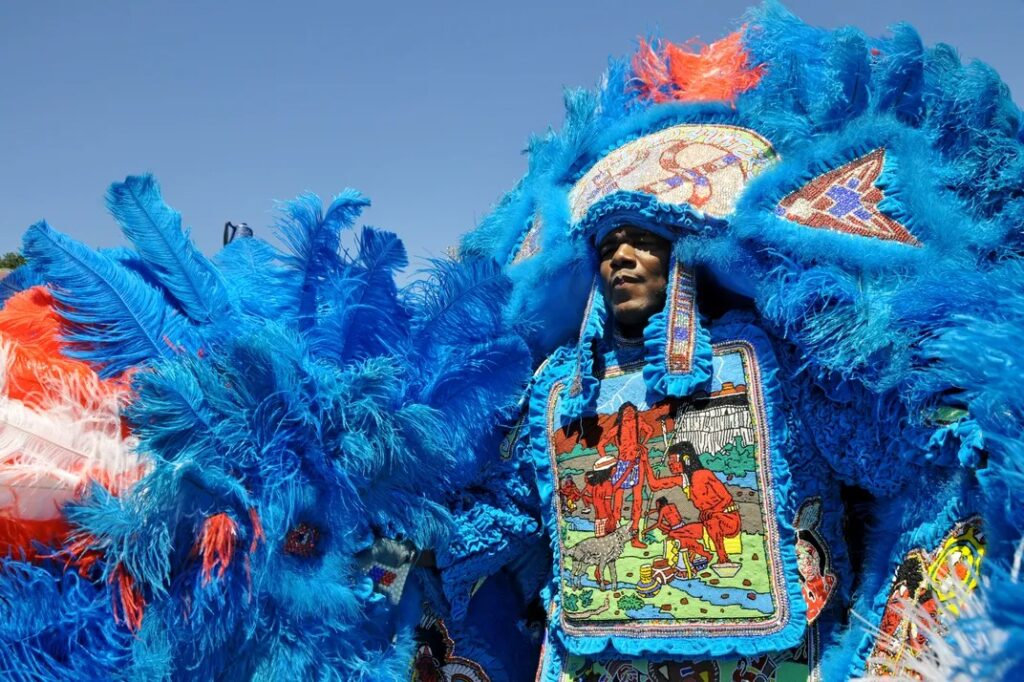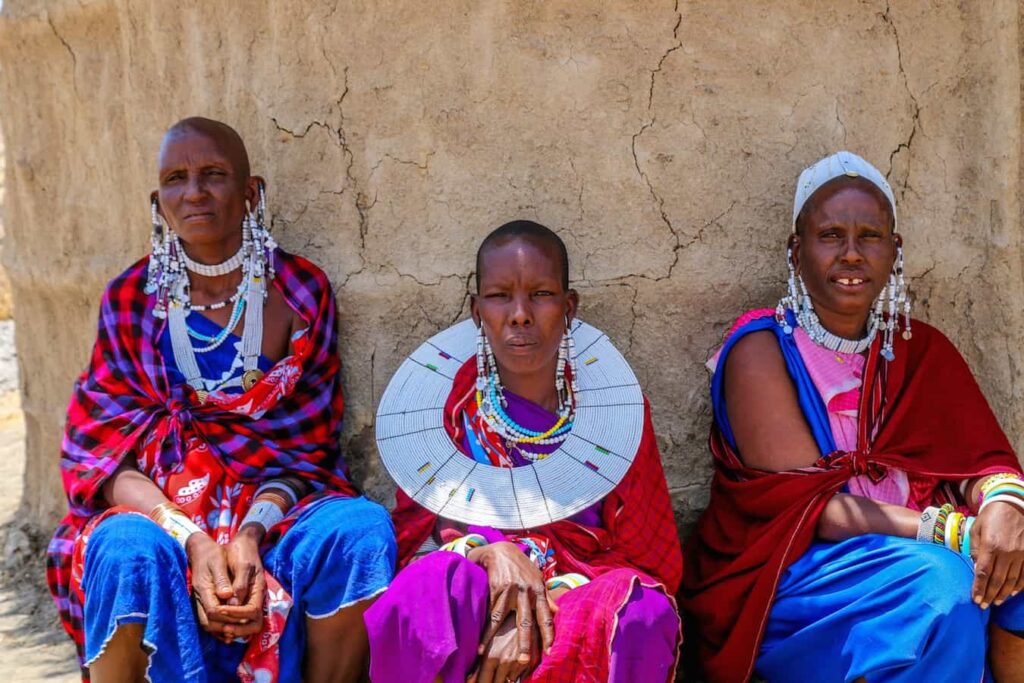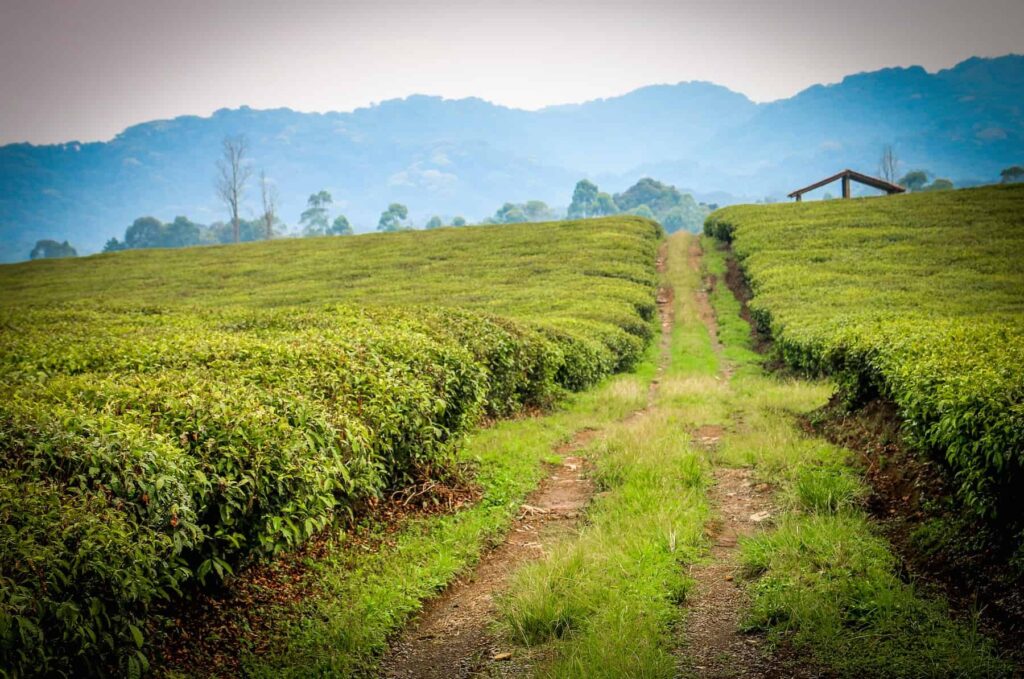The Mardi Gras Indians are as much a part of New Orleans’ annual carnival as beads, booze, and parades. But behind the dazzling feathered suits, intricate beadwork, and sparkling gems lies a nearly 300-year-old cultural tradition that remained largely not-known outside NOLA’s “Black Masking Indian” community.
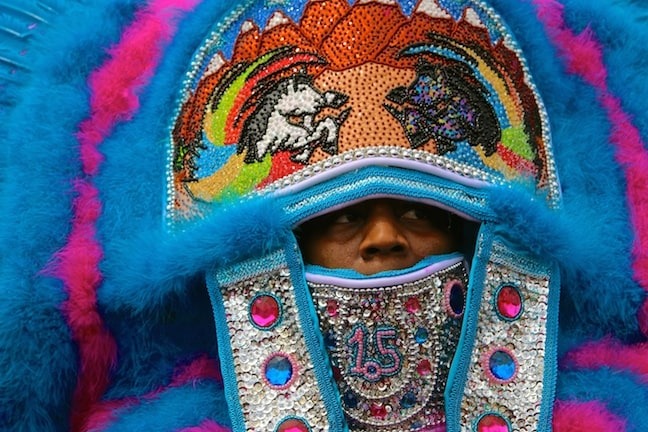
I learned much of this history while visiting Dow Edwards in his New Orleans workshop. A former New England Patriots player and now a prominent lawyer, Edwards serves as the spy boy (scout) for the Mohawk Hunters, one of roughly three dozen Mardi Gras Indian “tribes.”
As we spoke, Edwards put the finishing touches on his suit, painstakingly worked on five hours a day for nine months. Though the materials cost thousands of dollars, he wears it publicly just three times: Mardi Gras, St. Joseph’s Day (March 19), and Super Sunday (closest Sunday to St. Joseph’s Day).
History of the Mardi Gras Indians
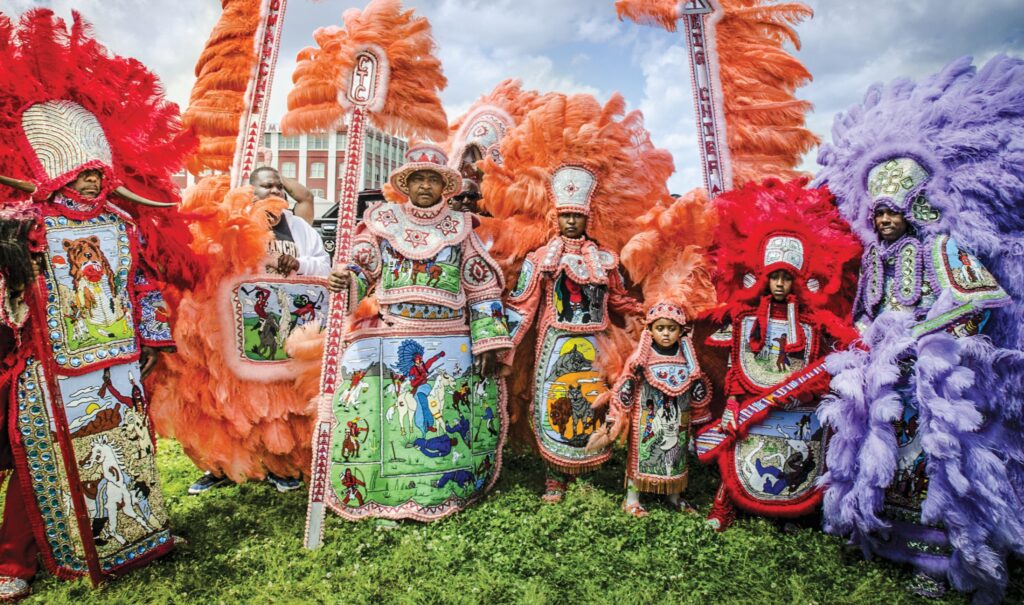
The story of the Mardi Gras Indians traces back to the 1700s, with the founding of Nouvelle Orléans in 1718 by Jean-Baptiste Le Moyne. At the time, French settlers enslaved both Native Americans and Africans. Many Native Americans escaped into the Louisiana bayous, where they could live freely, and after aided escaping African slaves from the plantations.
By 1725, African slaves were fleeing into the swamps with help from the Choctaw, Seminoles, and Chickasaws, forming Maroon Camps. Some even participated in uprisings such as the Natchez Revolt of 1729.
Meanwhile, in Congo Square, enslaved Africans in New Orleans preserved their cultural heritage. Freed from labor on Sundays due to Catholic restrictions, they sang, danced, and drummed—a rare chance for “entire leaved to joyous existence in the present moment.”
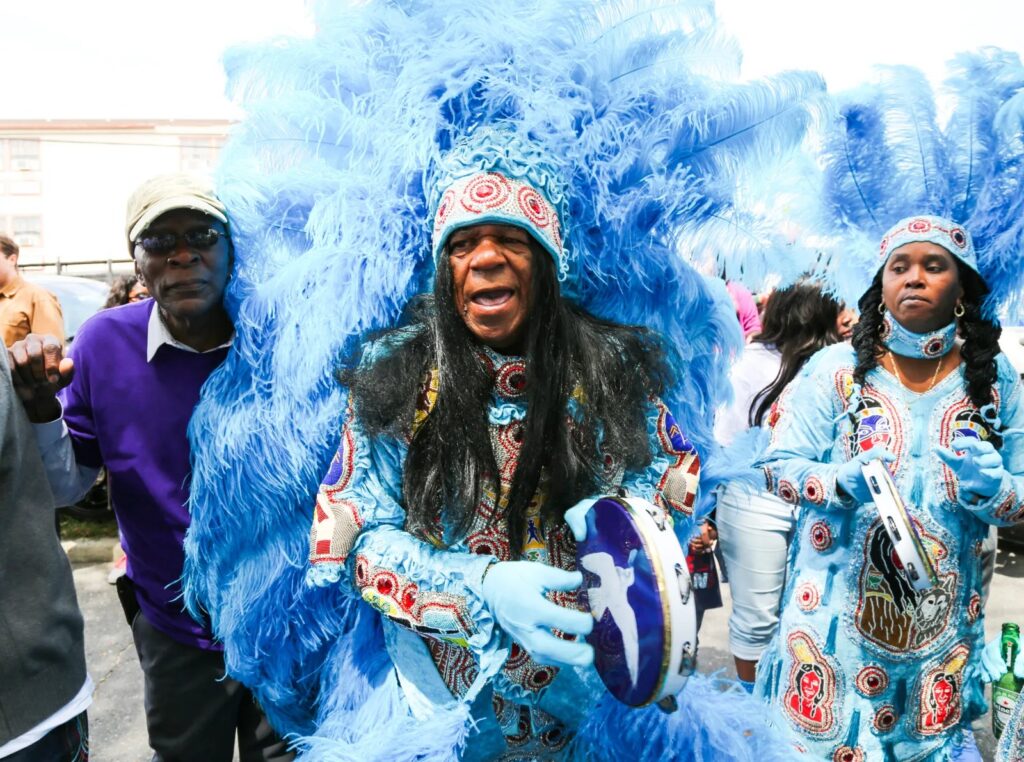
This tradition of music, dance, and community helped form the roots of New Orleans culture, even as African Americans were excluded from official Mardi Gras celebrations well into the 19th century.
